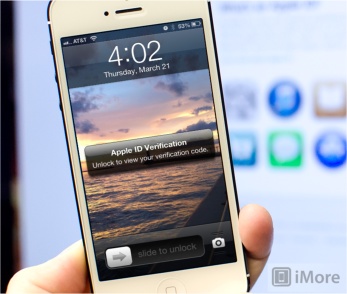T-Mobile is expected to announce no annual contracts and unlimited services. This sounds great, but here is the other side of the coin: The phones will likely NOT be subsidized.
So you are left to do the math. Does paying $450 or more for the latest phone up front and then saving month-to-month create a savings for you? Or does a subsidized phone and relatively lower monthly rates with a 2-year contract make better sense?
It appears T-Mobile will allow you to make payments on buying your phone, so that might help the initial hit to your wallet. And we have yet to see the monthly rates with unsubsidized phones.
T-Mobile’s strategy is something only a scrappy, third place carrier could implement. And Verizon and AT&T are watching the market closely to how people react. If it’s anything less than torches and pitchforks, they will do the same very soon. Carriers hate subsidizing phones, especially the Samsung Galaxy S and Apple iPhone devices.
It looks like consumers have more choices and more decisions to make.
UPDATE March 27: I did the math. When adding up devices and services similar to what I have and will want, the total is about the same as what I’m paying my current wireless carrier.











